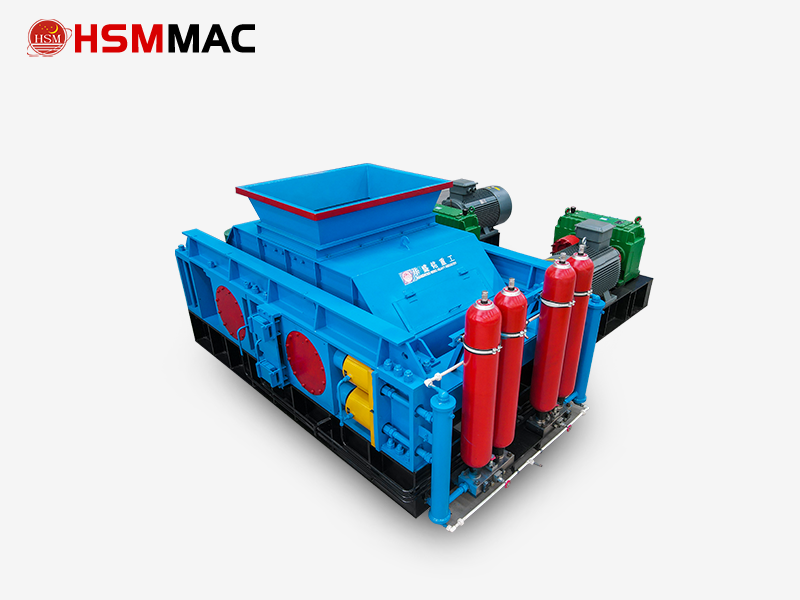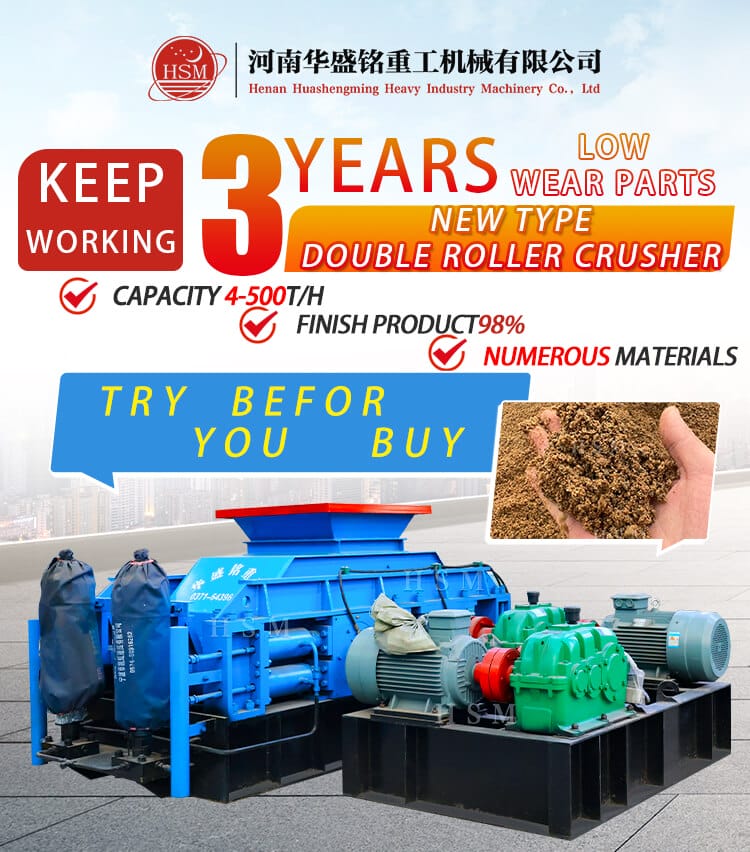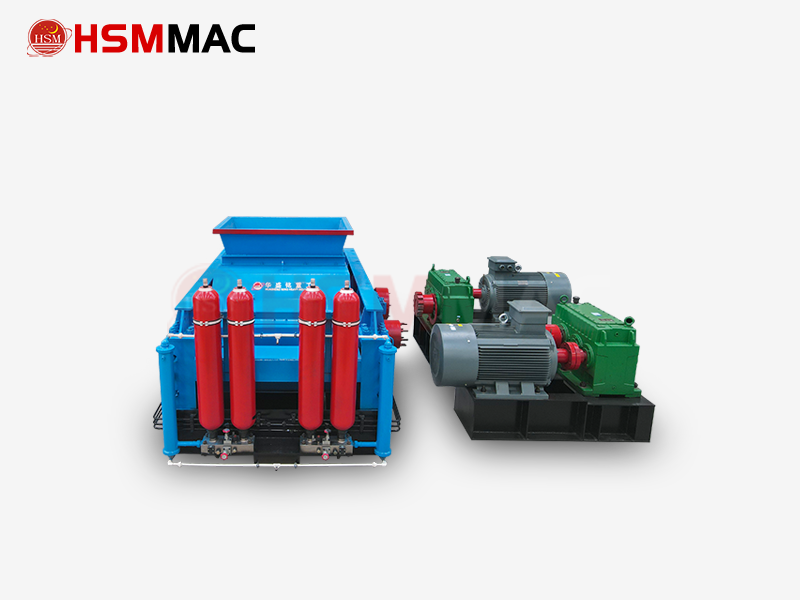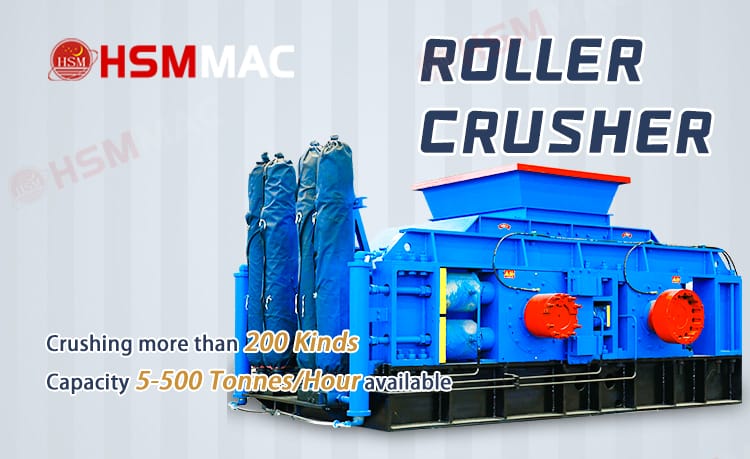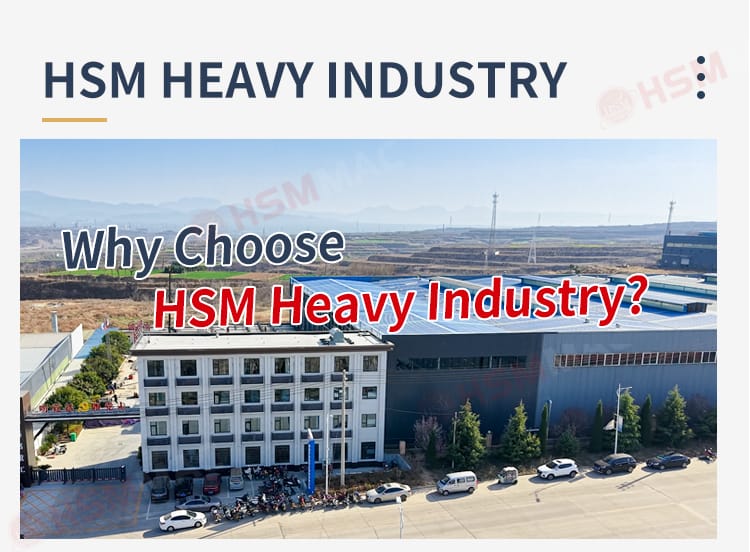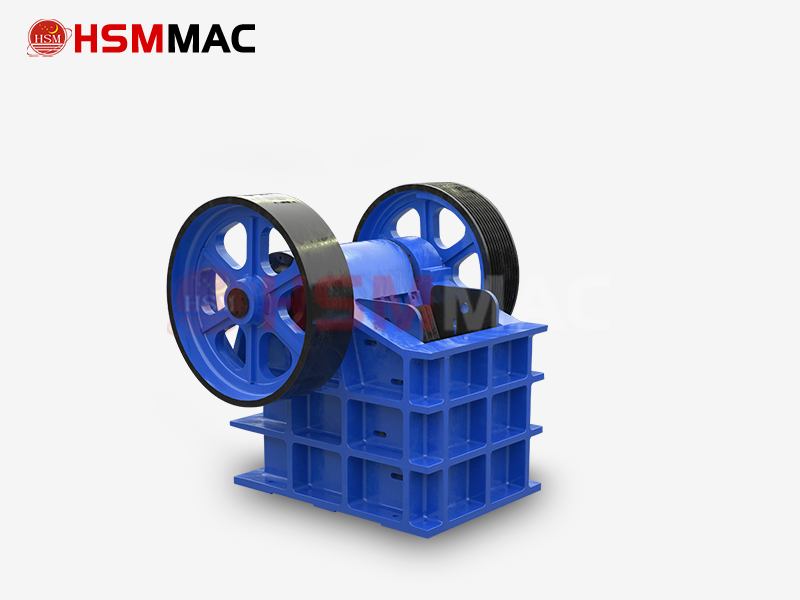The following is a summary of key information about double-roll sand making machines for gravel plants, combining their working principles, model selection, performance advantages, and actual application scenarios to help you make efficient decisions:
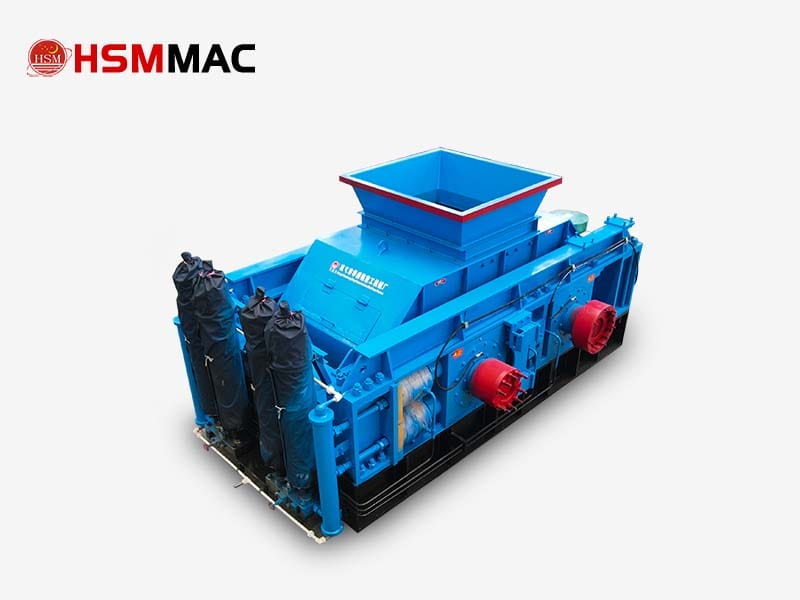
Hydraulic double-roll sand making machine
1. Roller sand making machine Core Advantages
Precise particle size control:
By adjusting the roller spacing (1-5 mm) through the hydraulic system, the output particle size can be flexibly controlled (e.g., 12 mm gravel 10-20 mm, 13 mm gravel 5-10 mm). The finished sand and gravel have uniform particle shapes and high cube content, meeting the standards for high-end construction aggregates.
Compared to impact-type sand-making machines, the over-crushing rate is reduced by 15%-20%, resulting in higher resource utilization.
High Efficiency, Energy Saving, and Environmental Protection:
The compression crushing principle reduces energy consumption by 45%. For models with a production capacity of 50-200 tons per hour, the unit power consumption is only 1.0-2.5 kW·h/t.
Closed-loop design combined with an integrated dust collection system reduces dust emissions by 60% and noise levels below 85 dB, meeting green production requirements.
High adaptability:
Wide range of applicable materials: river pebbles, granite (hardness ≤ 200 MPa), limestone, construction waste (including concrete blocks and bricks), etc.
High-moisture materials (moisture content ≤8%) do not stick to the rollers, and a scraper design prevents blockages.
Intelligent maintenance:
The PLC control system supports one-button start/stop and automatic overload protection (hydraulic retreat upon encountering hard objects), reducing manual intervention.
Modular design allows roller skin replacement in just 1-2 hours, with a wear-resistant lifespan of over 3 years (using 20cm-thick roller skins).
2. Roller sand making machine Model and production capacity comparison table
| Type | Representative model | hourly output | Applicable scenarios | Features |
| small | 2PGT400×250 | 2-20 tons | Small and medium-sized sand plants, initial investment | Spring adjustment, low cost |
| Medium-sized hydraulic | 2PGY800×600 | 20-80 tons | Medium-sized production line (e.g., 50 tons per hour demand) | Hydraulic control, intelligent power saving |
| flagship | 2PGY1800×1000 | 80-400 tons | Large stone quarry (stable operation at 200 tons per hour) | CNC system, one-button start/stop, long wear resistance life |
Note:
Recommended for 50 tons per hour: Gongyi hydraulic double-roll crusher (e.g., 2PGY800×600), requires pre-processing (feed size ≤100mm).
Case study for 200 tons per hour: CNC hydraulic machine type (e.g., 2PGY1800×1000), with a failure rate <1% when processing granite.
3. Key Selection Guidelines
Match based on material characteristics:
High-hardness rocks (granite/basalt): Select a hydraulic double-roll crusher or “stone-on-stone” vertical shaft crusher, with roll liners made of special wear-resistant alloy.
Construction waste/wet materials: Prioritize hydraulic double-roll crushers without screen bars to prevent roll adhesion (e.g., Huashengming series).
Balancing production capacity and investment:
Small-scale plants (daily output <500 tons): Select the 2PGT610×400 (spring-type), with an investment of 150,000–300,000 yuan.
Large plants (daily output > 2,000 tons): Select the 2PGY2000×1000 (CNC hydraulic type), with an investment of 800,000–1,500,000 yuan, but energy costs reduced by 30%.
Automation requirements:
Smart production line: Integrated with a DCS system for centralized control, real-time monitoring of current and vibration parameters, with fault warning response time < 10 minutes.
Summary Recommendations
Prioritize double-roll sand-making scenarios:
① Requires precise particle size (e.g., 12/13 gravel);
② Processes high-moisture or clay-containing materials;
③ Medium-to-small-scale plants seeking low investment and high returns.
Cautionary Scenarios:
For ultra-large-scale production (>500 tons/hour) and ultra-fine sand (<0.5mm), it is recommended to use a vertical shaft impact sand-making machine.
Note: Final equipment selection requires material samples for hardness testing and production capacity requirements. Manufacturers can provide customized solutions (e.g., installing scrapers to prevent roller adhesion).










